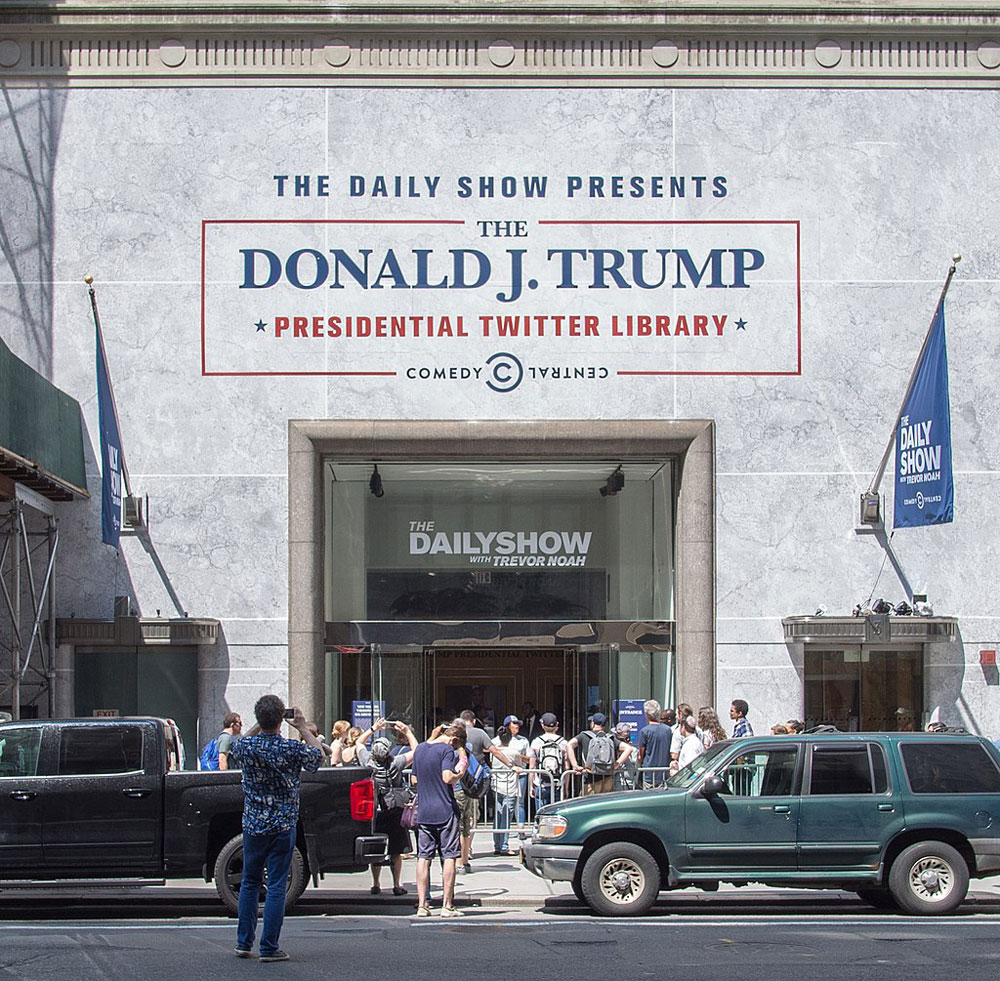
July 11, 2020; New York Times
Over the weekend, we saw several more tweets from President Trump on the subject of education. One of the latest was a tweeted order for the Treasury Department to re-examine the tax-exempt status of universities and colleges that offer “radical indoctrination” instead of education. This came after a number of major universities resisted his new order that would punish international students. He also tweeted threats to cut federal funding of schools that don’t open this fall.
Last year, the Washington Post labeled the president the “Threatener-in-Chief” for his habit of frequently making threats, whether they can be enforced or not. On this hit list, one finds items like a “substantial border tax” on businesses, ending birthright citizenship via executive order, or pulling ICE officers out of California.
The president did not provide grounds for terminating a school’s tax-exempt status, nor did he explain “radical indoctrination” or how that would be determined. He has made the claim that colleges stifle conservative ideas before; in 2019, he issued an executive order that he said strengthened free speech on college campuses. The order required colleges to comply with existing laws and regulations.
Last night, the US Immigration and Customs Enforcement agency (ICE) withdrew its edict ordering international students home if all their college classes for the fall semester were online. This followed a suit filed against the Trump administration by the New York State attorney general, Letitia James, and protests by higher education institutions like MIT, Johns Hopkins, and Harvard. The initial plan came across an attempt to pressure the institutions of higher education to open classes for in-person instruction.
The threat regarding tax-exemption was vague, too. Tax-exempt status can be withdrawn for reasons such as lobbying, certain political activity, and not following an organization’s mission.
But ideology is not on the IRS’s list, said Terry Hartle, senior vice president of the American Council on Education, which represents university presidents. Any review of a school’s status would have to follow previously established guidelines, he said.
Sign up for our free newsletters
Subscribe to NPQ's newsletters to have our top stories delivered directly to your inbox.
By signing up, you agree to our privacy policy and terms of use, and to receive messages from NPQ and our partners.
“It’s always deeply troubling to have the president single out schools, colleges or universities in a tweet,” Hartle said. “Having said that, I don’t think anything will come of this quickly.”
Colleges were not the president’s only target for funding cut threats. He also tweeted, and was joined in the message by Education Secretary Betsy DeVos in interviews over the weekend, that funding would be cut for K-12 public education if schools did not open for the fall, ignoring the significant rising coronavirus numbers in many states like Florida and Arizona. Similar to the college funding threats, the president’s control over education funds is limited. Education spending is determined by congressional appropriations.
The American Academy of Pediatrics, national education unions, and a school superintendents group released a joint statement saying that the decision to open in-person classes should be made locally and with health experts.
“Public health agencies must make recommendations based on evidence, not politics,” the groups wrote. “Withholding funding from schools that do not open in person full-time would be a misguided approach, putting already financially strapped schools in an impossible position that would threaten the health of students and teachers.”
School leaders, health experts, teachers and parents should be at the center of reopening decisions, the groups said, “taking into account the spread of COVID-19 in their communities and the capacities of school districts to adapt safety protocols to make in-person learning safe and feasible.”
Despite presidential threats, California public colleges will have only online classes for the fall semester. And on Monday, Los Angeles and San Diego schools declared that they would be teaching elementary and secondary schools only online in the fall.—Marian Conway













